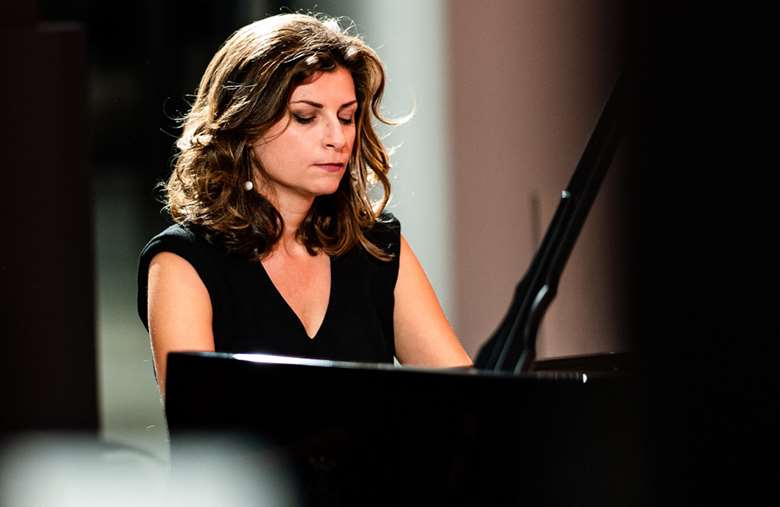Tania Giannouli and Nik Bärtsch excite at Enjoy Jazz’s Solo Piano season
Martin Longley
Friday, November 13, 2020
Some of today’s leading pianists dazzle with contrasting solo sets at this long-established German jazz fest


Register now to continue reading

Thank you for visiting Jazzwise.co.uk. Sign up for a free account today to enjoy the following benefits:
- Free access to 3 subscriber-only articles per month
- Unlimited access to our news, live reviews and artist pages
- Free email newsletter